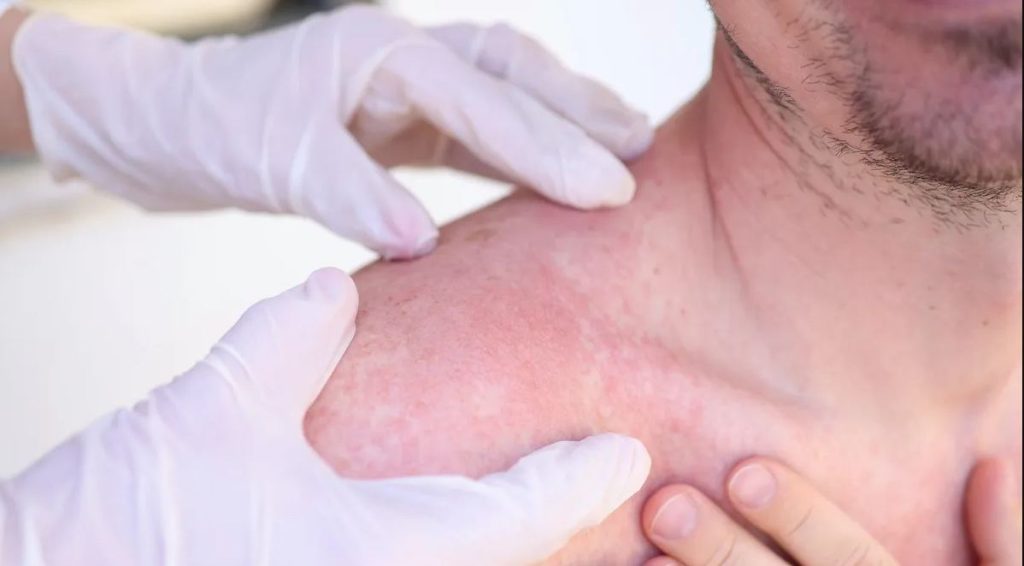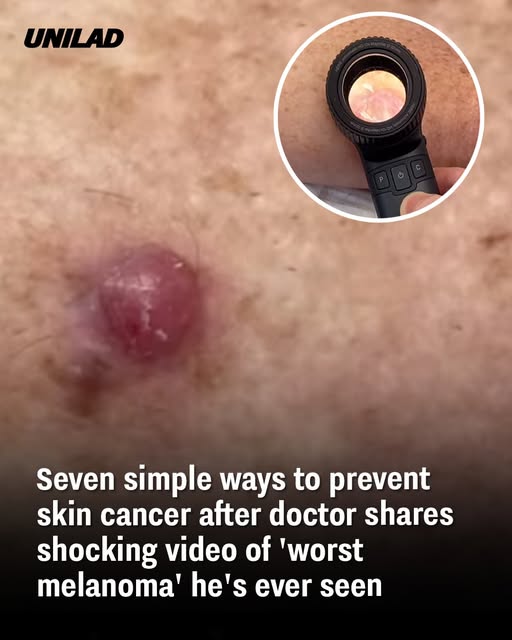Skin cancer is one of the most common types of cancer worldwide, yet it’s also one of the most preventable. Melanoma, the deadliest form of skin cancer, can be life-threatening if not detected early. However, by adopting simple habits and being mindful of sun exposure, individuals can significantly reduce their risk. Below are seven effective ways to protect your skin and prevent skin cancer.
1. Wear Sunscreen Daily
Using a broad-spectrum sunscreen with at least SPF 30 is one of the most effective ways to protect your skin from harmful UV rays. Apply it generously to all exposed skin, even on cloudy days or during winter. Reapply every two hours, or more often if swimming or sweating. Sunscreen helps prevent sunburn, premature aging, and the DNA damage that can lead to skin cancer.

2. Avoid Tanning Beds
Despite the myths about “safe” tanning, tanning beds emit UV radiation that increases the risk of melanoma, especially in younger users. According to the World Health Organization, tanning devices are classified as carcinogenic. It’s best to avoid artificial tanning altogether and embrace your natural skin tone. If you want a sun-kissed glow, opt for a self-tanning lotion or spray instead.
3. Seek Shade
UV rays are strongest between 10 a.m. and 4 p.m. During these peak hours, try to stay in the shade, especially when outdoors for extended periods. Whether under a tree, umbrella, or awning, finding shade reduces your exposure and lowers your risk. If you’re walking or exercising outside, plan your schedule around early morning or late afternoon.
4. Wear Protective Clothing
Clothing is a physical barrier against UV radiation. Long-sleeved shirts, long pants, and wide-brimmed hats provide extra coverage. Some clothing brands even offer fabrics with built-in UV protection (UPF). Don’t forget UV-blocking sunglasses to protect the delicate skin around your eyes, which is also susceptible to cancer.
5. Regular Skin Checks
Early detection is crucial. Perform monthly self-exams to check for new or changing moles, spots, or lesions. Use the ABCDE rule: Asymmetry, Border irregularity, Color changes, Diameter over 6mm, and Evolving shape or size. In addition, schedule annual skin checks with a dermatologist, especially if you have a history of sunburns or skin cancer in the family.
6. Be Cautious Near Water, Snow, and Sand
Surfaces like water, snow, and sand reflect the sun’s rays, increasing UV exposure. This means you can get burned more easily while skiing, swimming, or lounging on the beach. Extra sun protection in these environments is essential, including frequent reapplication of sunscreen and wearing hats or sunglasses.
7. Educate Others
Sharing what you know about sun safety can help protect your friends and family. Encourage loved ones—especially children—to use sunscreen, avoid sunburns, and wear protective gear. Early education promotes lifelong habits that reduce cancer risks down the line.

Conclusion
Preventing skin cancer doesn’t require dramatic life changes—just consistent, mindful choices. By using sunscreen, avoiding tanning beds, dressing wisely, and getting regular checkups, you can significantly reduce your risk. Protecting your skin today could save your life tomorrow. Stay safe, stay shaded, and take care of your skin every day.

















